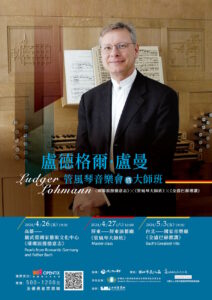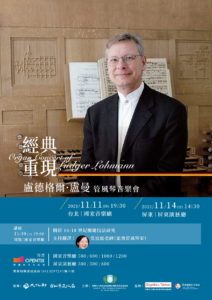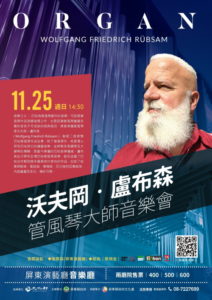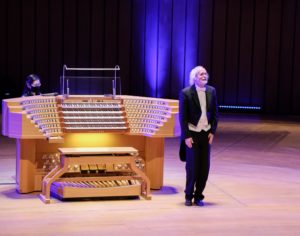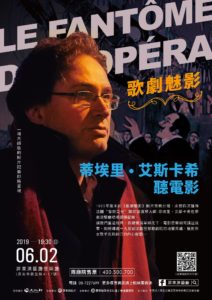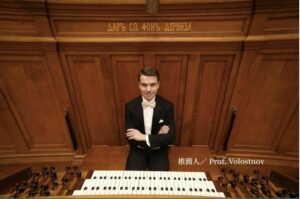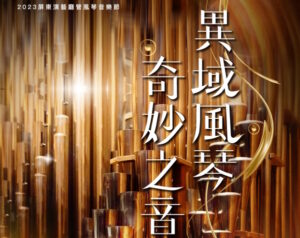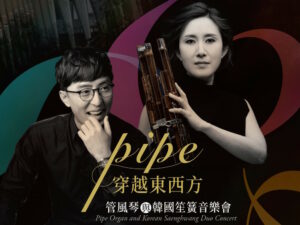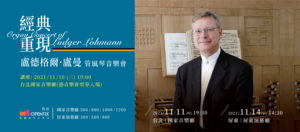
Thierry Escaich : Organ concert with Silent Movie 《Phantom of the Opera》
The Role of Organ Improvisation in Music of the Movies by Darrell Bailey
The art of organ improvisation is almost as old as the pipe organ itself. Most organists improvise at some level. This can be as simple as short transitions as in “bridging” from one song to the next, modulating to change the key of the music, or more elaborate and spontaneous music creations based on a given “theme” or melody. This later technique takes improvisation to it highest level, and organists who display this skill are much celebrated. The great Johann Sebastian Bach was famous for his genius in taking a simple theme and spontaneously creating a complete composition of publishing quality. He used intricacies of counterpoint, modulation, and other musical elements to craft these musical wonders of creativity. Likewise, Dupre, Langlais, Durufle, and other organists excelled in this practice. In modern day organ playing, the great cathedral organists of France have taken improvisation to a high art. For example, organists such as Thierry Escaich (whom you will hear today), Olivier Latry, and Daniel Roth are exemplars of this practice. One hears much of their church music service playing improvised – in the grand French tradition.
So, what is “improvisation” and how does it relate to Music of the Movies? In jazz, improvisation is often referred to as “Art of the Moment.” Jazz players such as Louis Armstrong, Miles Davis, Charlie Bird Parker, and John Coltrane were masters of the form. Their jazz improvisations were legendary and fortunately many recordings still exist to study their techniques. The jazz clubs of New York City were their playground and the destination for many a jazz aficionado. However, another public space where one could hear improvisation was the movie theater, especially enhancing the story line of an action movie. The movie industry has evolved very much in parallel with advances in technology. Early films were “silent” – meaning there was no spoken dialogue or “special effects.” Theaters had large pipe organs, known as “theater organs” that would provide music background to illustrate the story line. Moments of intense drama or serene contemplation could be enriched with the use of improvised “motifs” using a vast array of sounds including percussion. These “motifs” often represented individual characters or emotional events that glued the story together.
The silent movie genre has a storied history. Most notable was the movie “Phantom of the Opera.” Originally written in 1909 by Frenchman Gaston Leroux,
it has spawned the creation of Broadway shows and modern day movies. Composers such as Andrew Lloyd Weber have created settings of this iconic story. The first successful adaptation of Leroux’s “Phantom” was in 1925 when Universal Studios produced a silent film with actor Lon Chaney (1).
REFERENCES
http://inmozartsfootsteps.com/2587/a-short-history-of-the-phantom-of-the-opera/


